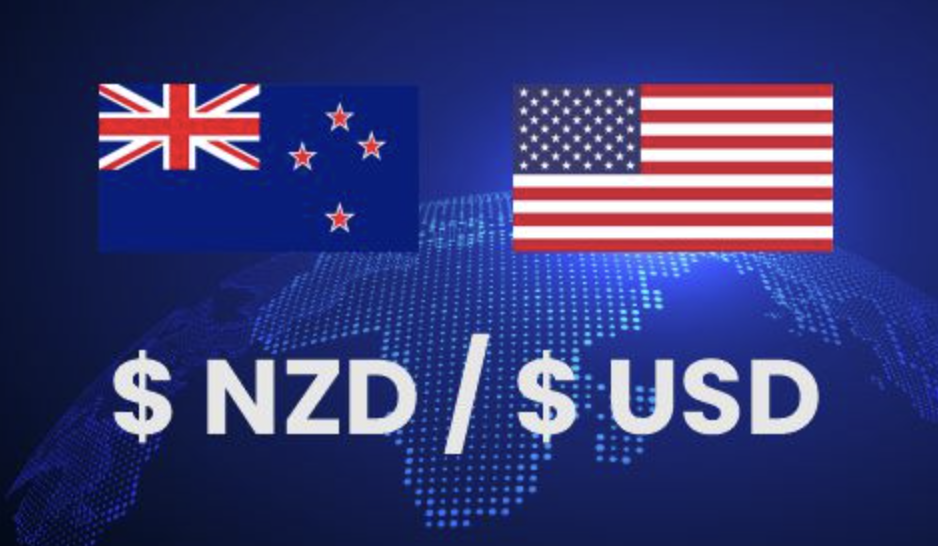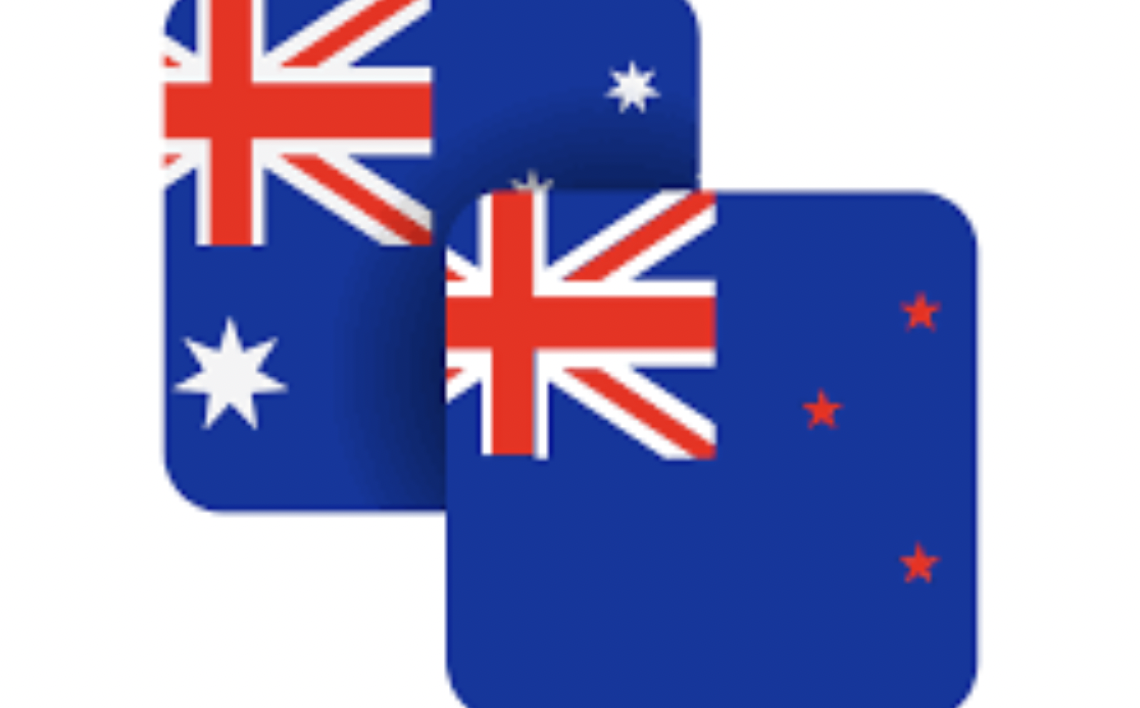
Alina Haynes
Oct 10, 2022 11:30

The AUD/USD pair has risen after dropping below immediate support near 0.6350 during the Asian session. Given that the market attitude is still unfavorable, the asset's outlook does not appear positive. The S&P 500 fell into a trance as a result of Friday's positive US Nonfarm Payrolls (NFP) numbers, which extended the US dollar index's (DXY) recovery.
At 112.88, the DXY in Tokyo has eclipsed the previous week's high and is expected to continue to rise as hawkish Federal Reserve (Fed) policy bets soar. The US NFP came in at 263k on Friday, more than the 250k forecast. Due to this, there is now a higher chance that interest rates will rise for a fourth consecutive time by 75 basis points (bps). A healthy labor market and stronger economic fundamentals are always required for the central bank to safely announce rate increases.
Rates have increased as the likelihood of a 75 basis point rate increase has increased. The yield on the US 10-year Treasury bond reached 3.9% and increased for four straight days.
Investors' attention will then turn to the publication of US Consumer Price Index (CPI) data on Thursday. Preliminary predictions indicate that headline inflation will drop from 8.5% to 8.1%. The core CPI, which does not include prices for food and energy, will rise from 6.3% to 6.5%. The Federal Reserve's decision to raise interest rates seems to be having little impact, but the drop in gas prices has started to have an impact on the headline inflation rate.
The consumer inflation expectations statistics are expected to be released later this week, according to the Australian bulls. The economic statistics are projected to increase to 5.8% from the previous report's 5.4%. This could encourage the Reserve Bank of Australia to act (RBA). The Official Cash Rate (OCR) was raised by 25 basis points to 2.6% by Reserve Bank of Australia (RBA) Governor Philip Lowe, and he plans to continue raising it until it reaches the desired level of 3.0%.

Oct 10, 2022 11:26
